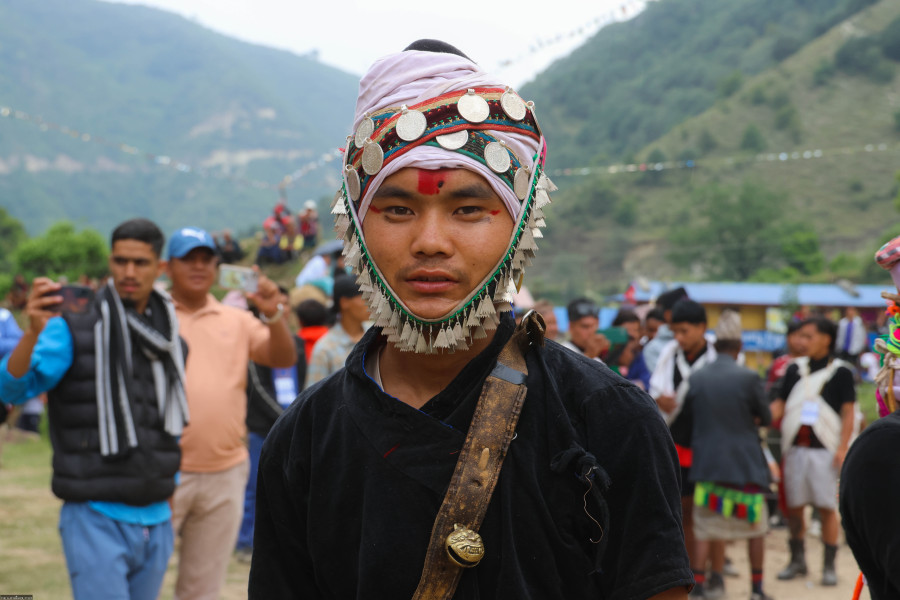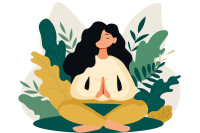Life & Style
An ode to the land
The Bhume festival in Rukum East features flower-picking rituals, celebrations, and dancing through the months of May and June.
Mahesh KC
The Magar communities in the rural municipalities in Rukum East were in full celebration mode. Specifically, the communities in the Bhume and Putha Uttarganga rural municipalities were seen rejoicing in the splendour of the Bhume festival. There was a frenzy of dancing and singing after the Bhume Puja.
Bhume is an important festival for the Kham-speaking Magar communities, says Dev Bahadur Budhamagar of Mahat, Bhume. “People here give more importance to Bhume than Dashain and Tihar,” he says. “Every year after ‘Baisakh Purnima’ (full moon during the month of May), we celebrate this festival till the first week of June,” he says.

Ponbahadur Roka, another resident of the village, explained in detail about Bhume culture. According to him, after ‘Baisakh Purnima’, there is a custom of worshipping the ‘Siddha’ deity and performing the Bhume dance. “This entire ritual is called ‘Nogowange’,” he says.
This year, in Rukum East villages, some people performed ‘Nogowange’ on May 1, whereas others began the ritual on May 15. Around mid-June (when the month of Jestha ends), in accordance with tradition, young individuals travelled uphill to pluck flowers from the highlands, stayed the night outside and returned to the villages the next day. “Buki flowers (Anaphalis busua) were plucked from highlands and brought back in the evening, after which the returnees circled the villages dancing,” says Roka.
.jpg)
On June 16 (the first day of Asadh), the Bhume deity is worshipped. According to Roka, every year, the priests select individuals responsible for offering sheep, chickens or pigs as sacrifices for the diety. “Bhume puja is the worship of ‘bhumi’ or land,” he says. “We believe that after the puja, no natural disaster will occur during the incoming rainy season.”
Once the puja is complete, then the dancing commences. Unlike during the flower picking, Bhume Naach is performed by men and women of all age groups. Dhanmaya Rokamagar of Kangsi, Ward 3, Bhume, says that there are 22 moves in the Bhume dance. As a teacher of this unique dance form, she wants to make sure she passes on the intricacies of the dance to younger generations.
.jpg)
“Women wear black or red ‘gada’ (a type of shawl), ‘cholo’ (a traditional blouse) and ‘chit gunyu’ (a traditional blouse). They also wear garlands made up of silver coins around the neck. Men, on the other hand, wear a ‘bhadgaule topi’ (a traditional cap), a black ‘cholo’, a home-made white ‘ghalek’ (shawl) and a cotton patuki (pouch),” she says. Donned in attire, people dance to the rhythm of different traditional instruments like the Damahah, Tyamki, Sanahi, Jhyali and Paiijan.
.jpg)
For this Bhume festival, on June 2, the Bhume rural municipality organised an open competition at Khabang Bagar—the centre of the village. Local artists from the district, as well as the neighbouring district of Rolpa, also showcased original, indigenous artworks at the festival.
.jpg)




 9.12°C Kathmandu
9.12°C Kathmandu








%20(1).jpg&w=300&height=200)

